Do you have a question about the FrSky TARANIS Q X7 and is the answer not in the manual?
Procedures that may lead to death/serious injury if not followed.
Procedures that may lead to dangerous conditions or death/serious injury.
Procedures with a danger of injury or physical damage if not followed.
Steps, tips, or additional information.
Default settings for transmitter switches (SA-SH).
Instructions on adjusting the transmitter's sticks.
Ensuring correct polarity for battery connection.
Information on rotating and angling the antenna.
How to adjust antenna angle for signal strength.
Key features of the Taranis Q X7 system.
Notes on TF card availability and USB port functionality.
Important safety precautions and notes regarding battery usage.
Set Taranis Q X7 to match receiver mode (D8, D16, LR12).
Configure and double-check the channel range (up to 16 channels).
Assign and manage receiver numbers (00-63) for binding.
Procedure for binding the receiver to the transmitter.
Configure failsafe modes (No Pulse, Hold, Custom, Receiver).
Performing a pre-flight range check for effective distance.
Device compliance with FCC Part 15 rules.
User information regarding changes or modifications.
Limits for Class B digital devices and interference correction.
Evaluation of device for general RF exposure requirements.
General safety precautions for operation and maintenance.
Precautions for battery usage, charging, and low battery warnings.
Recommendations for flying locations and field awareness.
Proper sequence for turning equipment on/off and testing controls.
Warning about transmitter tipping over and throttle stick movement.
Importance of keeping the aircraft visible to avoid loss of control.
Do not grasp the transmitter's antenna during flight to maintain signal quality.
Positioning the antenna for optimal signal transmission.
Extend the transmitter antenna fully before taxiing.
Precautions against water entry and risks of erratic operation.
Instructions for inserting, removing, and handling MicroSD cards.
Notes on non-volatile memory and backing up data.
The transmitter clock depends on the internal battery.
Information on updating firmware via USB or MicroSD card.
Details about the OpenTX firmware used in the transmitter.
Information on MicroSD card lifespan and data backup.
The FrSky 2.4GHz ACCST Taranis Q X7 is a digital telemetry radio system designed for remote control of models, offering a comprehensive set of features for both novice and experienced users. This system prioritizes safety, ease of use, and continuous improvement through updates.
The Taranis Q X7 serves as the central control unit for your model, transmitting commands and receiving telemetry data. It supports up to 16 channels, allowing for complex control setups. The system is compatible with FrSky X series, D series, and V8-II series receivers, with an EU version specifically compatible with X/LR series EU receivers. An external module bay expands compatibility to other receiver types.
Key functionalities include:
The Taranis Q X7 is designed for intuitive operation with several user-friendly features:
Proper maintenance is essential for the longevity and safe operation of the Taranis Q X7:
| Interface | RF Wireless |
|---|---|
| Product color | Black |
| Remote control proper use | - |
| Proper use | Multirotor, Quadcopter |
| Display type | LCD |
| Product type | Remote control |
| Channels quantity | 16 channels |
| Display resolution | 128 x 64 pixels |
| Telemetry receiver | Yes |
| Brand compatibility | FrSky |
| Compatible memory cards | MicroSD (TransFlash) |
| Operating temperature (T-T) | -10 - 45 °C |
| Battery voltage | 15 V |
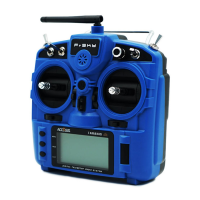
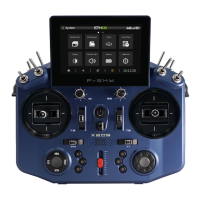


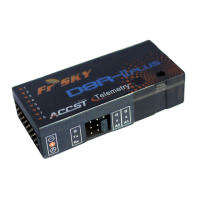
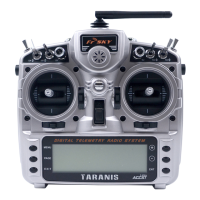



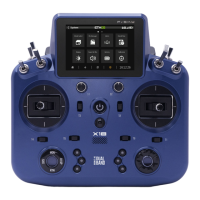
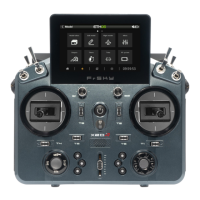
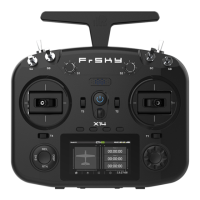
